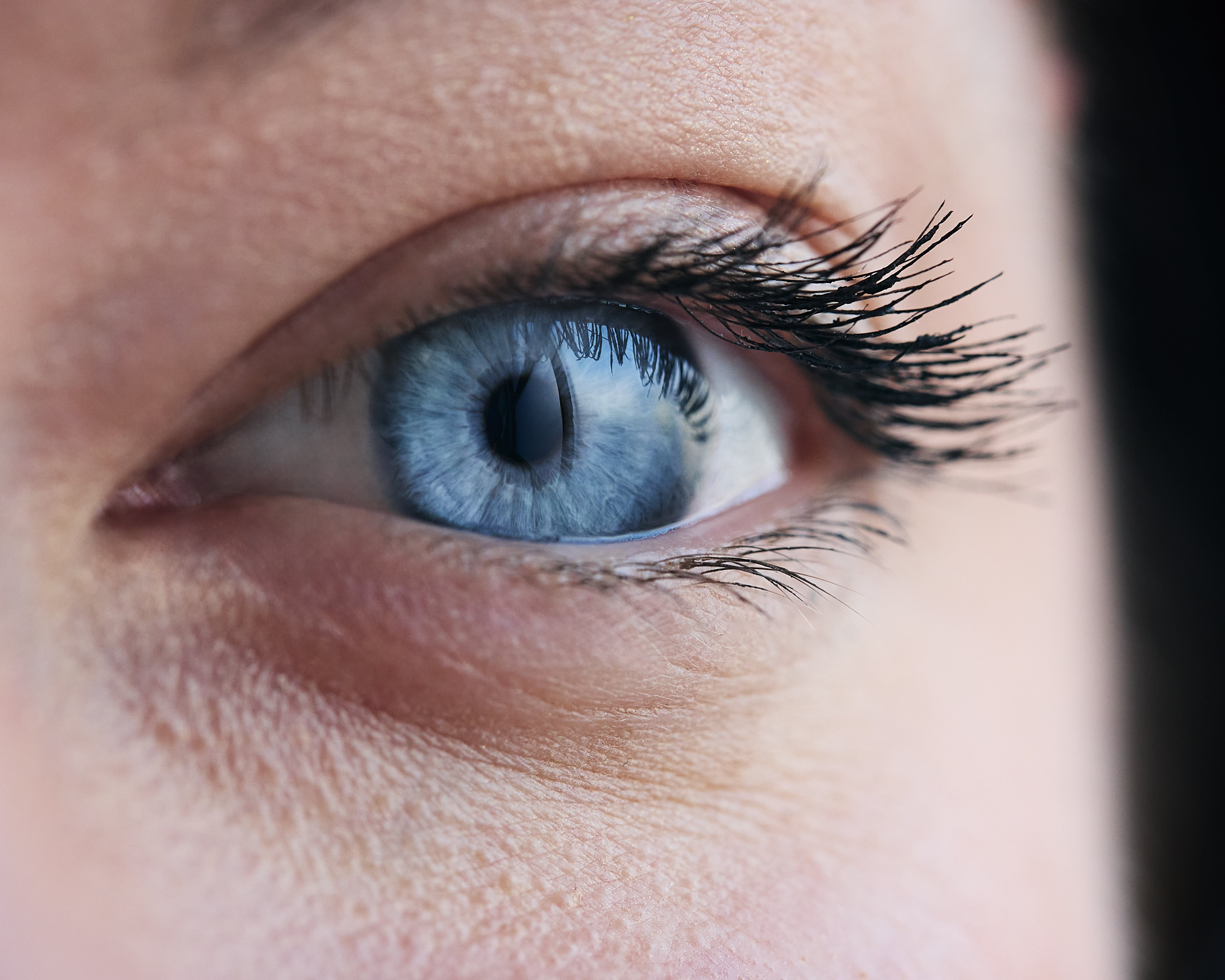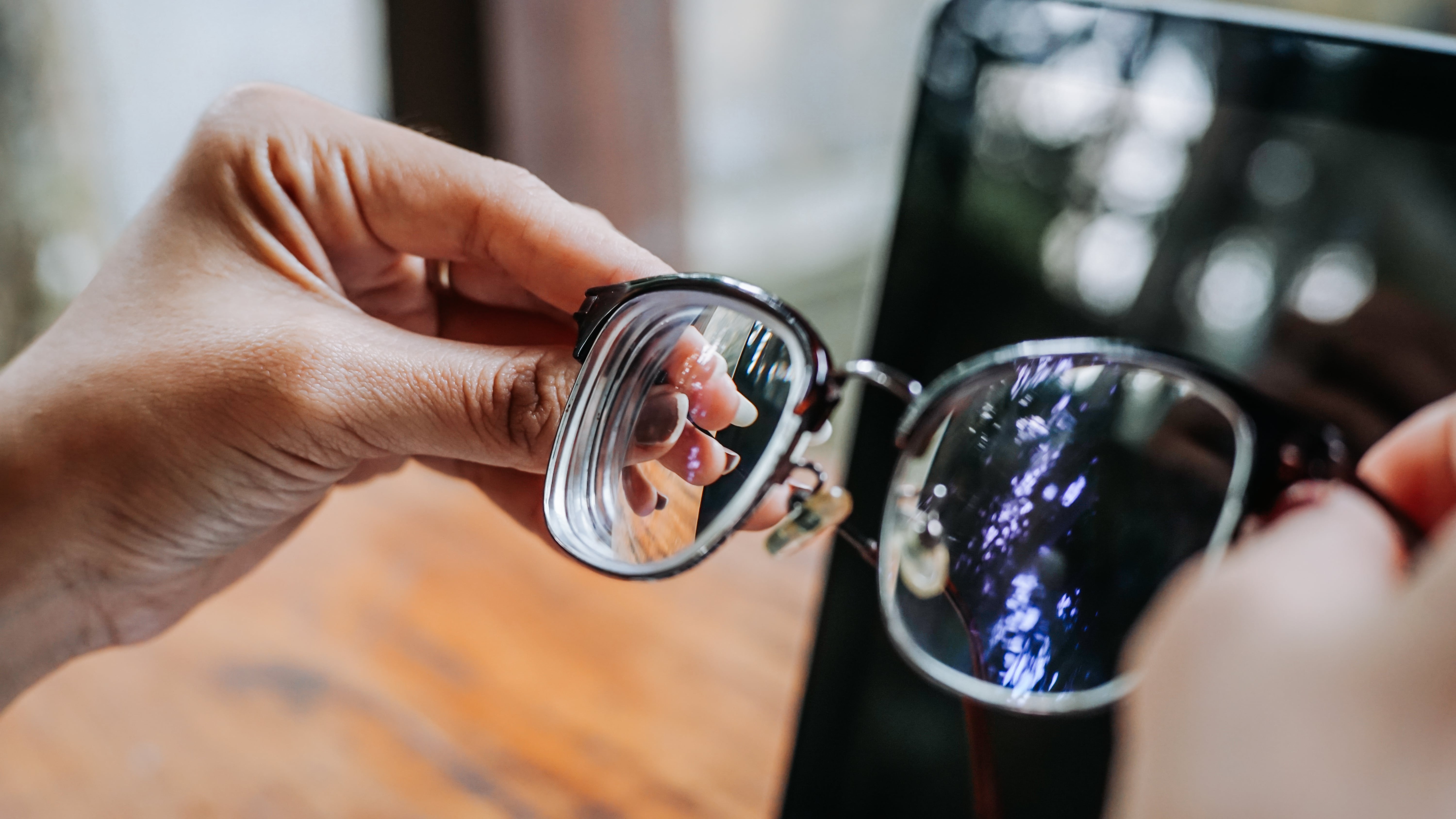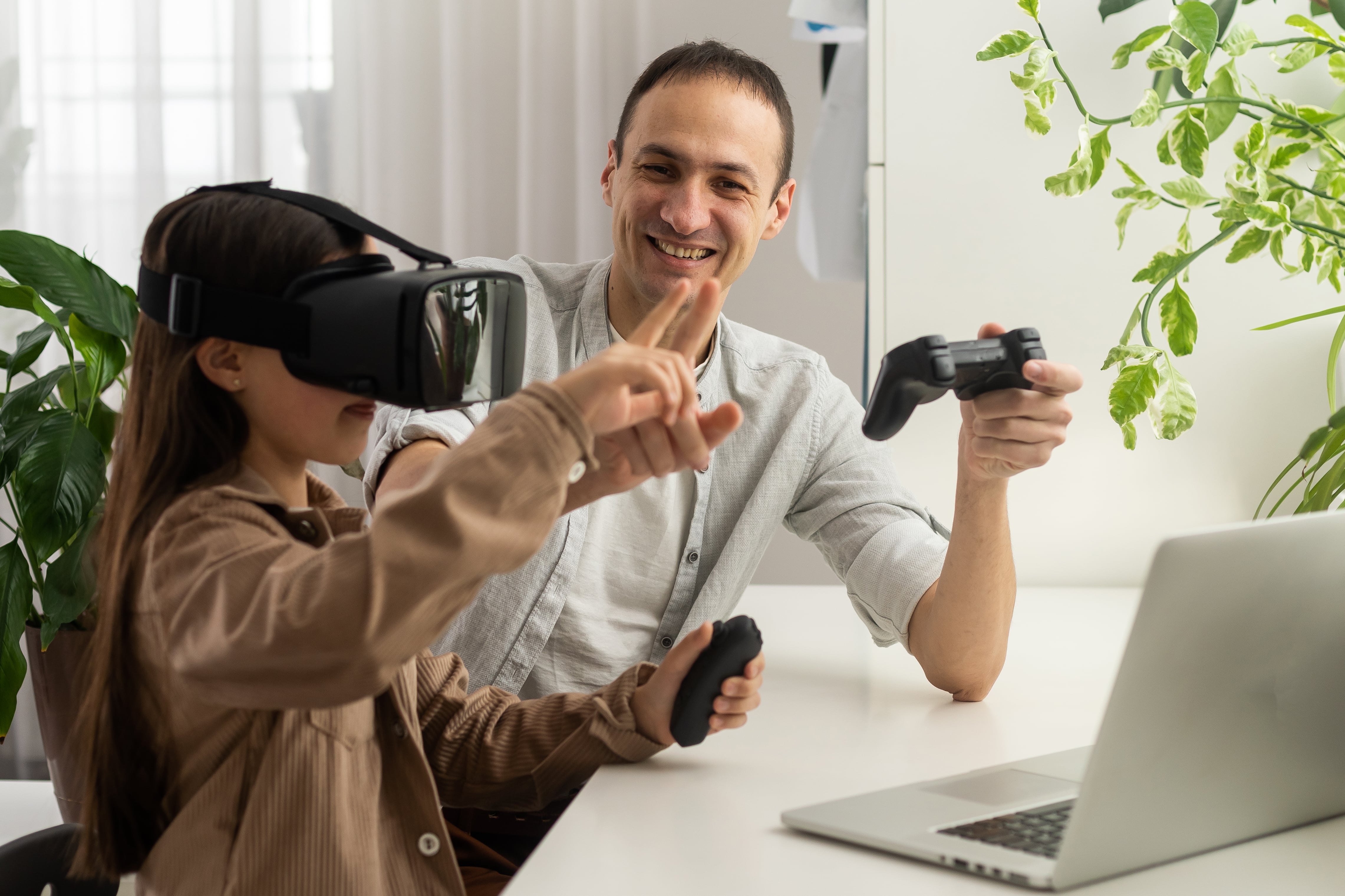
Wojciech Kreft
September 8, 2025
•

Does VR damage your eyes? This is a question often asked by teachers, parents, and therapists who are concerned about the safety of those in their care. Experts agree: VR does not cause permanent eye damage in healthy individuals, although improper use may lead to temporary discomfort and visual symptoms.In this article, we will look at the facts, bust common myths, and share practical tips on how to enjoy VR without harming your eyesight.
According to current research and expert opinions, there is no evidence that using VR headsets causes permanent eye damage in healthy individuals. The American Academy of Ophthalmology emphasizes that using VR technology in line with basic safety guidelines poses no risk to eye development, health, or proper functioning.
One widespread myth about virtual reality is the belief that it damages eyesight through harmful “radiation.” In reality, VR headsets do not emit radiation capable of permanently harming the eyes. Like other screen-based devices, they emit blue light, which can be harmful with prolonged exposure if basic safety rules are ignored.
From the perspective of eye health, using VR can be compared to watching TV or working on a computer. The difference is that in VR, the screens are positioned very close to the eyes, and the experience includes depth and immersion effects. This means the visual system works harder, making it especially important to follow eye health and safety practices.
Research on VR’s impact on eye health is ongoing, but so far, the most common reported symptoms—eye fatigue, dryness, temporary blurred vision, and headaches—are short-term and disappear after taking a break from the headset.
Although VR has not been shown to cause lasting damage, some users may experience temporary, generally mild discomfort, similar to that caused by prolonged use of other digital devices such as computers, tablets, or smartphones.
Eye strain, also called asthenopia, is one of the most common issues reported by VR users. It results from the eyes having to focus on screens very close to the face for extended periods, forcing unnatural accommodation and constant muscle work. Symptoms may include sore or burning eyes, dryness, tearing, blurred vision, headaches (including migraines), neck and shoulder tension, nausea, and double vision. These usually subside after ending the VR session and resting briefly.
During intense focus on virtual content—especially in engaging games or apps—the natural blink rate decreases. Normally, we blink 15–20 times per minute, but while using digital devices, including VR headsets, this can drop by up to two-thirds. Reduced blinking leads to dryness on the eye’s surface, which may cause burning, itching, or reflex tearing.
VR headsets display slightly different images to each eye to create depth perception. However, the eyes are still focusing on a fixed screen about 5–7 cm from the face while the brain processes simulated distance. This can temporarily affect the accommodation reflex—the ability to shift focus between near and far objects. As a result, some users may experience brief difficulty with sharp vision or depth perception after a VR session. The brain usually readjusts within minutes to an hour.
To fully enjoy virtual reality while also taking care of your eye health, it is worth following a few simple rules. They can significantly reduce the risk of temporary vision problems and make using VR headsets more comfortable.
One of the most effective ways to reduce eye fatigue is the 20-20-20 rule. Every 20 minutes, take your eyes off the headset, look at an object about 6 meters (20 feet) away, and keep your gaze on it for at least 20 seconds. This allows the eye muscles to relax and prevents excessive strain.
Headset manufacturers, including Meta and PlayStation, recommend taking frequent breaks while using VR. Adults should limit a single session to 20–30 minutes, and for younger users, sessions should be even shorter. For children, sessions should last no longer than 15–20 minutes, and for teenagers up to 30 minutes, with breaks every 15 minutes. Parents should monitor the time spent in VR and encourage daily outdoor activities, which support eye health.
Adjusting VR headsets to your individual vision parameters is crucial for both comfort and eye health. The interpupillary distance (IPD) should be set so that the center of each lens aligns with your pupils. In most models, the adjustment range is 58–72 mm. It is also worth fine-tuning the image sharpness by moving the display until the text appears clear. Before each session, clean the lenses with a microfiber cloth to ensure a sharp and clear image.
People who wear prescription glasses daily should also wear them during VR sessions. Keeping your glasses on, or using corrective inserts, reduces muscle strain in the eyes and improves visual comfort. You should also make sure that the headset’s focus settings are adjusted to your prescription.
Choć VR jest bezpieczny dla oczu i nie powoduje trwałych uszkodzeń, osoby z istniejącymi wadami wzroku powinny zwrócić uwagę na kilka istotnych kwestii.
Although VR is safe for the eyes and does not cause permanent damage, people with existing vision problems should pay attention to a few important points.
Virtual reality relies on replicating depth perception by presenting each eye with a slightly different image, allowing the brain to perceive depth. For some conditions, such as amblyopia (“lazy eye”), strabismus, or lack of binocular vision, the 3D effect may be limited or entirely absent. If the eyes do not work together properly, the brain may struggle to merge images correctly, which affects the VR experience.
Although using VR does not cause refractive errors, people with myopia (nearsightedness) or astigmatism may experience greater eye fatigue and more frequent headaches. This is partly due to the close proximity of the screens in the headset, which can intensify the symptoms of existing refractive errors. To increase comfort, some manufacturers offer special corrective lens adapters for VR headsets, allowing the device to be tailored to the user’s individual needs.
Before regularly using VR, people with significant vision problems or other eye conditions should consult a doctor. A specialist will assess whether VR is safe in each case, advise on the right settings, and recommend the frequency of breaks. It is important to monitor your vision closely and respond to worrying symptoms such as persistent headaches, blurred vision, dryness, or discomfort. Early action and consultation with an ophthalmologist can prevent further complications.
Virtual reality technology is increasingly being used not only for entertainment but also in medicine—particularly in vision therapy and rehabilitation. Ophthalmologists and optometrists use VR to support the treatment of selected conditions, improve visual function, and develop visual skills.
VR can be an effective tool in treating conditions such as strabismus and amblyopia (“lazy eye”). Specialized software enables targeted vision exercises that improve accommodation, support binocular vision balance, and strengthen the weaker eye.
One example is the Interactive Binocular Treatment (I-BiT) system, which uses various visual stimuli to stimulate the weaker eye. Studies have shown that six weeks of therapy can bring noticeable improvements in visual acuity. Unlike the traditional method of covering the healthy eye, VR therapy is more readily accepted by children, and the engaging nature of games increases motivation to continue treatment.
Similar effects have also been observed in adults—vision training using VR headsets such as the Oculus Rift has improved visual sharpness and eye comfort. VR is also being studied as a method for treating convergence insufficiency, showing better effectiveness and higher patient compliance than traditional exercises.
Virtual reality can also support the development of eye–hand coordination, depth perception, and reaction time. Games and simulations that require precise movements, tracking fast-moving objects, or responding to spatial stimuli stimulate the brain and enhance perceptual skills. Regular VR exercises can improve movement accuracy, increase reflexes, and support the development of visual functions, especially in children and rehabilitation patients.
More and more studies confirm the usefulness of VR in diagnosing and treating eye diseases. This technology is applied in:
The development of VR in ophthalmology is dynamic—in the future, headsets may be equipped with intelligent eye-strain monitoring systems that automatically suggest breaks or adjust display settings. Specialized VR applications may become a permanent element of vision therapy, supporting treatment and improving patients’ quality of life.
The short answer to the question in the title is: VR does not damage eyesight, but prolonged or improper use can cause temporary symptoms such as eye fatigue, dryness, or brief problems with sharp vision. The key to safe use is maintaining good visual hygiene, properly adjusting headset settings, and taking regular breaks during sessions.
Yes, VR is safe for children when used according to manufacturer recommendations and under adult supervision. Short sessions (maximum 15–20 minutes), regular breaks, proper headset adjustment, and age-appropriate content are important.
There is no evidence that VR worsens myopia. However, people with existing refractive errors may experience faster eye fatigue, so it is recommended to use prescription glasses or headset inserts and take breaks.
Adults should limit a single VR session to 20–30 minutes, and children to 15–20 minutes. After that time, it is worth taking at least a few minutes’ break to let the eyes rest.
Yes, most VR headsets are designed for use with glasses. You can also use special prescription lens inserts matched to your interpupillary distance and lens power, which improves comfort and reduces eye strain.
Yes, VR is used in therapies for strabismus, amblyopia, and eye–hand coordination exercises. Specialized therapeutic programs and games can support treatment, improve binocular vision, and motivate patients to exercise regularly.
Sources:
Iskander M, Ogunsola T, Ramachandran R, McGowan R, Al-Aswad LA. Virtual Reality and Augmented Reality in Ophthalmology: A Contemporary Prospective. Asia Pac J Ophthalmol (Phila). 2021 May-Jun 01;10(3):244-252. doi: 10.1097/APO.0000000000000409. PMID: 34383716; PMCID: PMC9167643. https://pmc.ncbi.nlm.nih.gov/articles/PMC9167643/
American Academy of Ophthalmology - https://www.aao.org/





